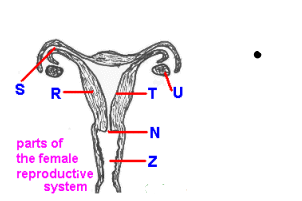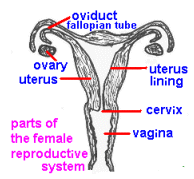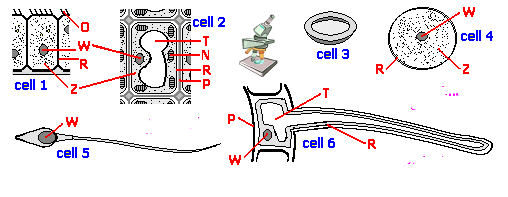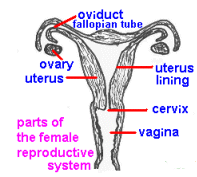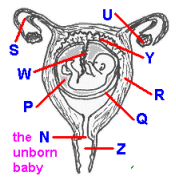Reproduction Quiz
15 QuestionsQuiz Description
Life itself on Earth is a result of reproduction. Without reproduction, life will cease to exist, and every living creature will become extinct. Therefore reproduction is necessary for the survival of all living organisms, and its studies will help you understand how well to prevent such a disaster from becoming extinct, and also help us know how life in us came into existence. Quizzes here will make you understand all these, so do well to follow.
Reproduction is simply a process by which new individual organisms are produced from parent organisms. That is, plants and animals giving rise to offspring. This is mainly to ensure continuity so as not to become extinct. There are two types of reproduction,
- Sexual reproduction has to do with the fusion of a haploid female gamete (egg cell) with a haploid male gamete (sperm cell). This is carried out by man and other animals
- Asexual reproduction does not involve the fusion of gametes or a change in the number of chromosomes. And it involves just one parent, which produces offspring that are exact copies of themselves. Most plants carry out this form of reproduction and amoeba carries it out by Binary fission.
This summary will help give you ideas and questions under these topics but after taking the quiz, all your questions will be answered and you will have a better understanding of what reproduction is all about.
Good luck!!
The diagram above shows the main features of the human female sex cell (egg or ovum), the male sex cell (sperm) and a ciliated cell (with hairs or cilia). Which part of the sperm cell encloses all the cytoplasm?

Which has blood vessels carrying food and oxygen directly to the unborn baby?
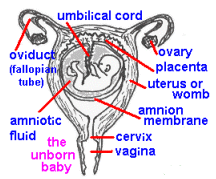
The diagram above shows the main features of the human female sex cell (egg or ovum), the male sex cell (sperm) and a ciliated cell (with hairs or cilia). Which part of the sperm cell controls what it does?


